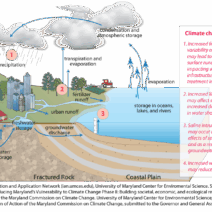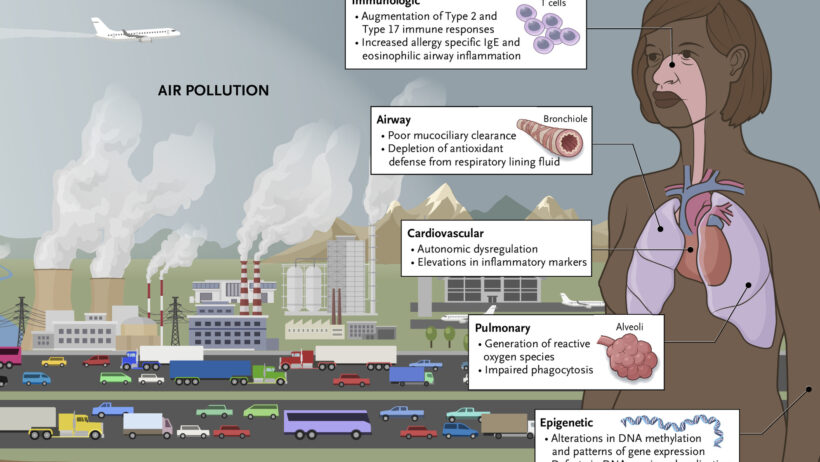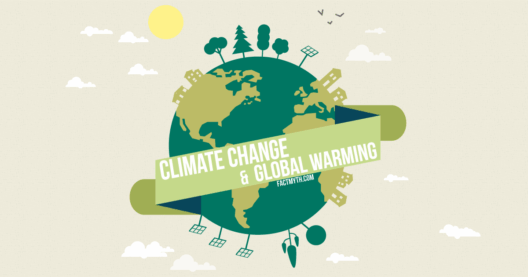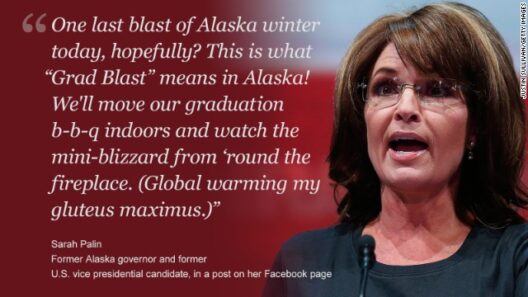In the grand tapestry of our planet’s ecological health, the intricate relationship between global warming and air quality is a pressing issue that warrants our immediate attention. Imagine, for a moment, gazing up at a once-clear sky now cloaked in a dense veil of pollutants. This scenario prompts a critical question: As our climate deteriorates, what price are we paying for the air we breathe? The prevalent concern is not just about rising temperatures; it is also about the deteriorating quality of the air enveloping us.
Global warming, often seen as a singular narrative of rising temperatures, is inextricably linked to a myriad of environmental changes, and air quality is one of the most significant casualties. The principal culprits behind these deteriorating air conditions are greenhouse gases, particulate matter, and other pollutants that pervade our atmosphere. The intricate dance between elevated carbon emissions and the ensuing increase in temperature is fundamentally altering the composition of our air. Notably, the interplay between elevated heat and air pollution creates a vicious cycle that exacerbates both climate change and public health risks.
As temperatures rise, a variety of chemical reactions are activated. For instance, warmer weather contributes to the formation of ground-level ozone, a harmful air pollutant that affects respiratory health. In urban areas, where traffic emissions are prevalent, this is particularly alarming. The deterioration in air quality is compounded by factors such as industrial emissions, wildfires fueled by prolonged droughts, and agriculture practices that release ammonia into the air. What emerges is a sophisticated web of interactions that makes the air less breathable for millions of people.
Additionally, the phenomenon of climate change has been linked to more extreme weather events. Hurricanes, floods, and heatwaves not only pose immediate dangers but also exacerbate air pollution. Following heavy rainfall, for example, storm runoff can lead to increased concentrations of pollutants in the air. Similarly, wildfires, which are becoming increasingly frequent and intense due to climate change, release colossal amounts of particulate matter and gases that persist in the atmosphere long after the flames have been extinguished.
The impact of polluted air transcends geographical boundaries, affecting individuals across the globe regardless of their socio-economic status. Vulnerable populations—such as children, the elderly, and those with preexisting health conditions—bear the brunt of these adverse effects. Respiratory conditions, cardiovascular diseases, and a plethora of public health crises are all linked to poor air quality, underscoring the need for immediate action.
Countries worldwide face a monumental challenge: how to mitigate the effects of global warming while simultaneously addressing the urgent need to improve air quality. Implementing measures such as the transition to renewable energy sources, enhancing public transportation systems, and promoting electric vehicles can significantly reduce greenhouse gas emissions and associated air pollutants. Technology can play a pivotal role here, with innovations in carbon capture and storage offering pathways to limit emissions while allowing for continued development.
However, despite these advancements, the question remains: are we doing enough? Ongoing debates in political arenas and among the public reflect a critical crossroads. The discourse must shift from mere acknowledgment of climate change to actionable plans that prioritize clean air as a fundamental human right. A challenge arises—how do we balance economic growth with environmental sustainability? This balancing act requires collaboration between governments, industries, and individuals, a collective effort to redefine progress.
Furthermore, advances in policy must be coupled with public awareness campaigns that educate citizens about the significance of clean air. Such initiatives foster a culture of responsibility, where individual actions can culminate in substantial change. Participating in reforestation projects, using public transportation, and supporting clean energy initiatives are steps that every individual can take to combat air pollution. The cumulative effect of these personal choices can lead to notable improvements in both air quality and climate stability.
As we navigate the complexities of our interconnected world, it is vital to address not only the symptoms of polluted air but also the systemic issues that contribute to its deterioration. Environmental justice must be a cornerstone of our approach, ensuring that disadvantaged communities, which often face the worst air quality, receive the support they need. Tackling air pollution through equitable solutions can pave the way for a healthier planet.
On a global scale, we have witnessed the consequences of neglecting air quality in the quest for economic growth. The COVID-19 pandemic served as a stark reminder of the importance of clean air, highlighting how pollution can exacerbate respiratory conditions. As we collectively emerge from this crisis, we must leverage the insights gained to implement lasting change. Conducting regular air quality assessments and encouraging international agreements can ensure that we remain vigilant.
In conclusion, the intersection of global warming and air quality presents a formidable challenge. Yet, it is one that we are not powerless against. By embracing sustainable practices, fostering collaboration, and prioritizing the health of our atmosphere, we can navigate towards clearer skies. Polluted skies are not the fate we must accept; rather, they should serve as a rallying cry for action. Our future, and that of generations to come, hinges on our response to this pressing crisis. What commitments will you make today for a cleaner tomorrow?






